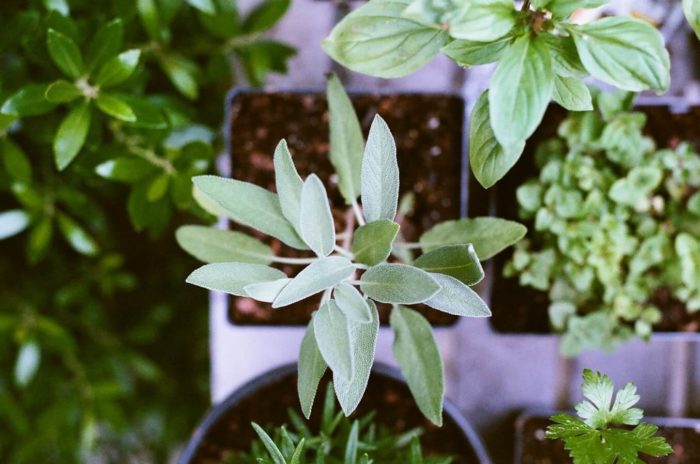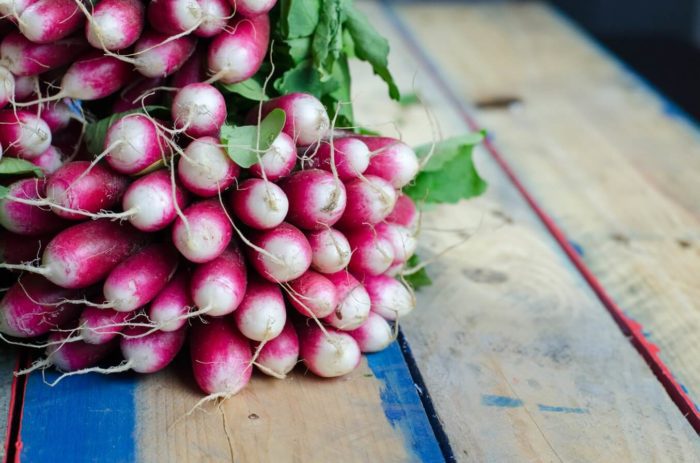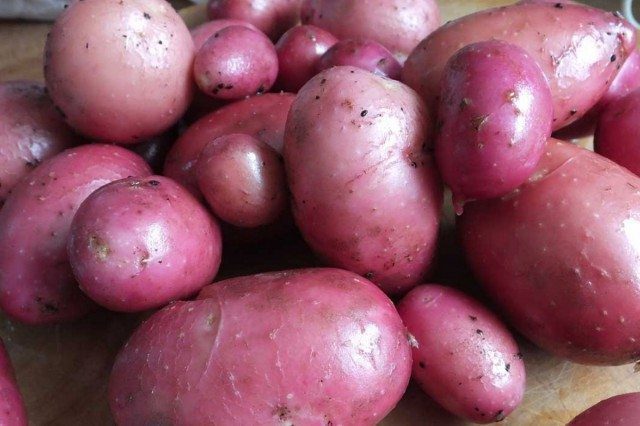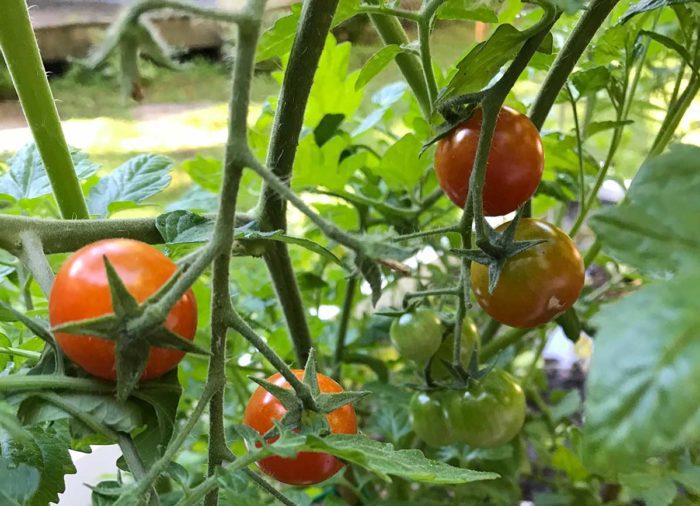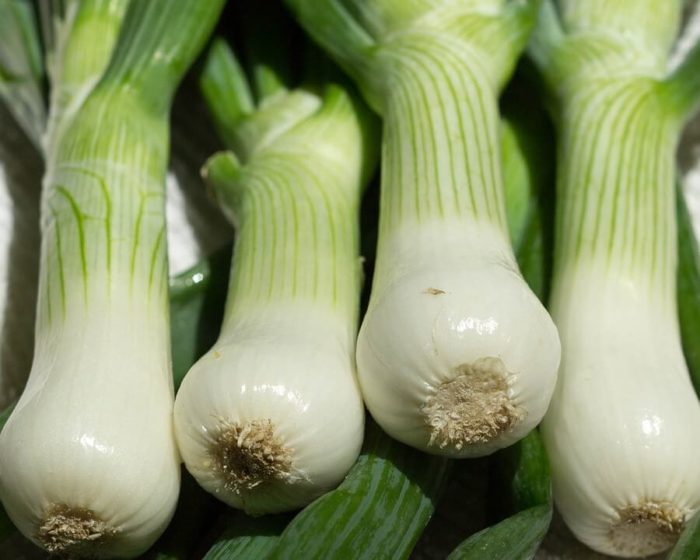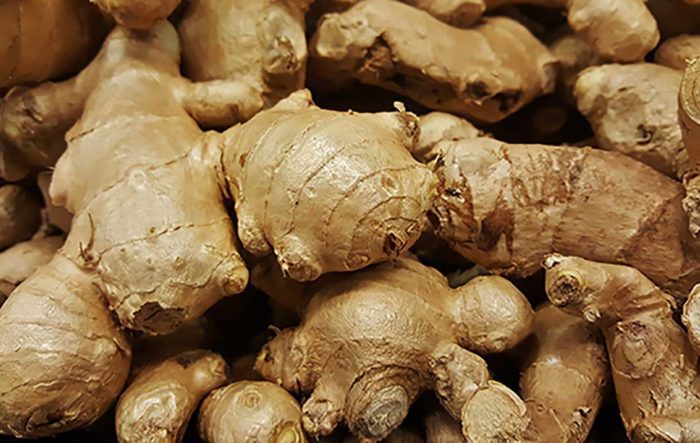You might be short on space, but that’s no excuse for not growing your own food! Here’s a list of the easiest fruits and vegetables to plant indoors.
Herbs
Herbs are the easiest and safest edible plant to grow indoors and are generally used to season foods with fresh kicks of flavor.
As long as you sow your own seeds, care for them, and resist the temptation to cut all their foliage at once, your indoor herb garden should be successful!
Carrots
If you’re hoping to grow carrots as big as the ones you find in the store, you’re going to be disappointed. They sure are delicious, though.
Help their rooting system along by being mindful of soil quality. It should be light and porous, or the final result will be deformed carrots. Beyond that, give them lots of light, and they’ll thrive in an indoor environment.
Microgreens and Sprouts
Sprouts are prolific; microgreens need a little bit longer before being harvested as they’re best eaten bigger and greener.
Sprouts are an early version of the greens we usually eat. Every plant was once a sprout! Better yet, their taste is crisp, and the nutritional content is through the roof.
Effortless to grow, enjoy the quick turnaround and the refreshing taste in salads and many other dishes all winter long.
Mushrooms
Mushrooms are wild, lively, and sometimes morbid looking! But they’re packed with nutrients and are a great addition to many different meals.
There’s been a recent surge in companies offering mushroom kits in stores and online which contain the substrate and seeds. Moisten them and leave in the dark for some time until they reach maturity. Once they’ve grown, cut their stalks, wash off the dirt, and use them as you wish.
Lettuce
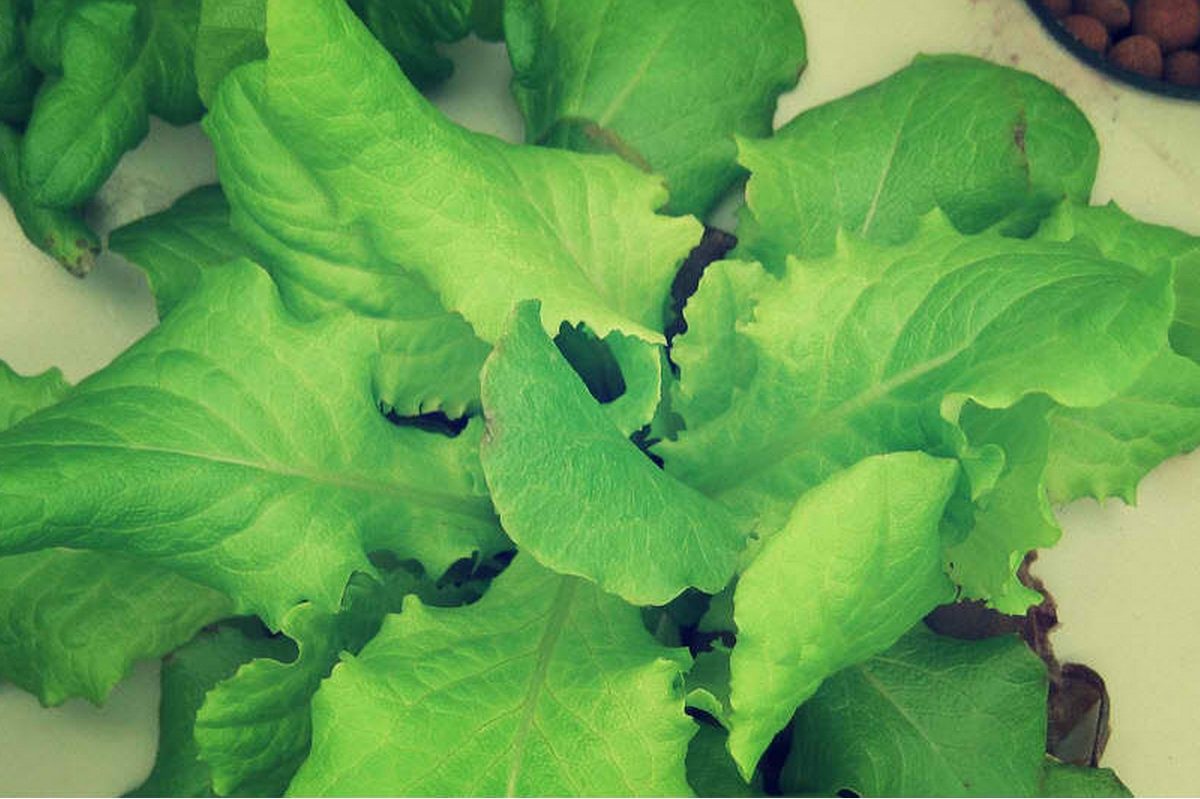
Fresh lettuce comes in many different shapes and hues, making it an excellent addition to the kitchen garden!
Their seeds are cheap, but you can also buy seedlings at a local greenhouse. All you have to do then is transplant each one into a pot and water them thoroughly.
After a month or so, they’ll likely begin opening up, and that’s when you want to harvest them, or their leaves will turn yellow, and their flavor will suffer.
Strawberries

Strawberries commonly grow in the backyard, but they do just as well indoors. Give them lots of light and warmth, or they’ll shrivel down and hibernate.
Strawberries produce continuously, making them an attractive option to those looking to add them to spinach salads or breakfast granola throughout the colder months.
Seedlings generally come with their roots and a few young leaves, but they take no time to unfold, spread, and start flowering.
Radishes
Pinkish purple root vegetables like these are not only healthy but also incredibly hardy. Their seeds are small, hard pebbles, and when you sow them, they won’t fail to germinate.
Good for salads and soups, and pickling, there’s no shortage of ways to eat the bunch that you’ll be harvesting.
Once they grow bigger, thin them out if they’re bundled together so that the remaining radishes have more space to expand and mature.
Potatoes
Tubers multiply like crazy; grow them in the garage and see for yourself how challenging it can be to restrain their new shoots!
All you have to do is cut an organic or seeding potato into a few pieces, plant them in some soil and let them grow. Place them in a bright window and let the soil dry in between waterings. Once the foliage starts to die down, turn the pot upside down and dig for treasure.
Tomatoes
These common fruits meant for salads are also quite easy to grow, be it indoors or out.
Their tiny seeds sprout in a week or two and almost always outgrow their initial nursery pot quicker than you expect.
Give them direct sun, if possible, because, without enough light, warmth, and nutrients, they won’t produce big, ripe fruits.
Scallions
These sweet onions are great in salads, as garnishes for burgers, and sandwiches, or even in a bowl of broth.
The longer you let them grow, the bigger the onion at the end of the stalk. So it’s up to you to decide what kind of shape and flavour — which intensifies as the plants grow — you want.
Ginger
Ginger is sharp in taste but very healthy. To propagate, just cut a bit from the rhizomes you buy at the supermarket.
At home, plant it in a pot and place it next to the window, keeping it moist all the time, at least until the first green buds start to emerge. Then, sit back and watch it grow on its own.
Ginger is vigorous, and won’t require too much care before it populates the entire vase with new stalks.
